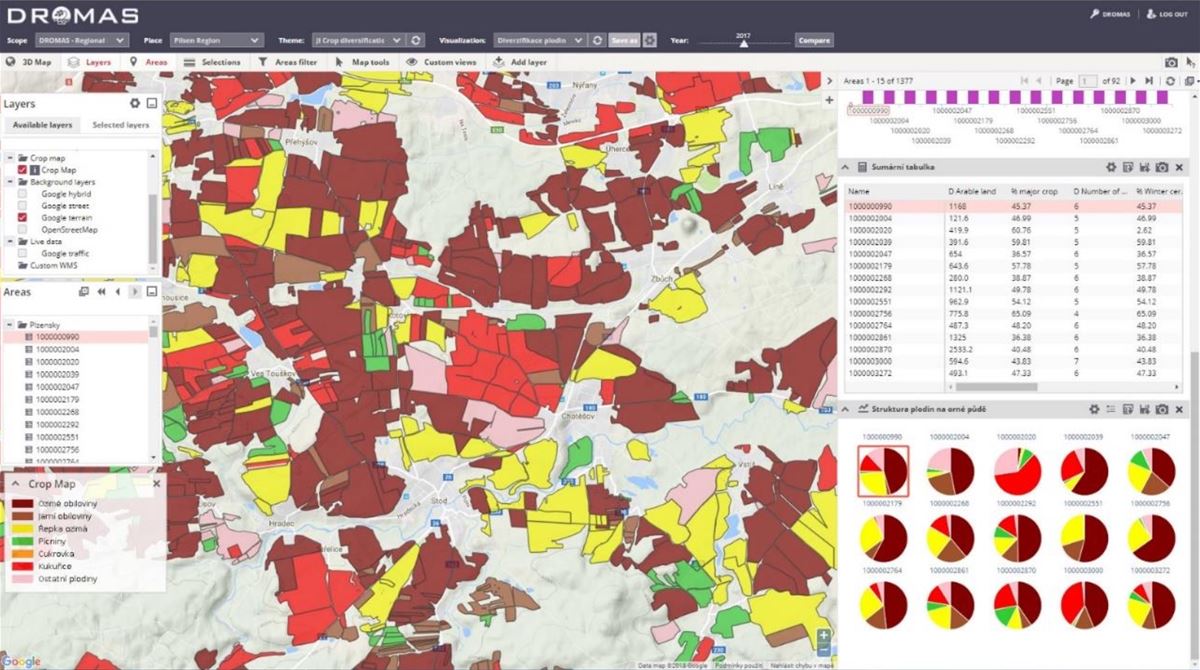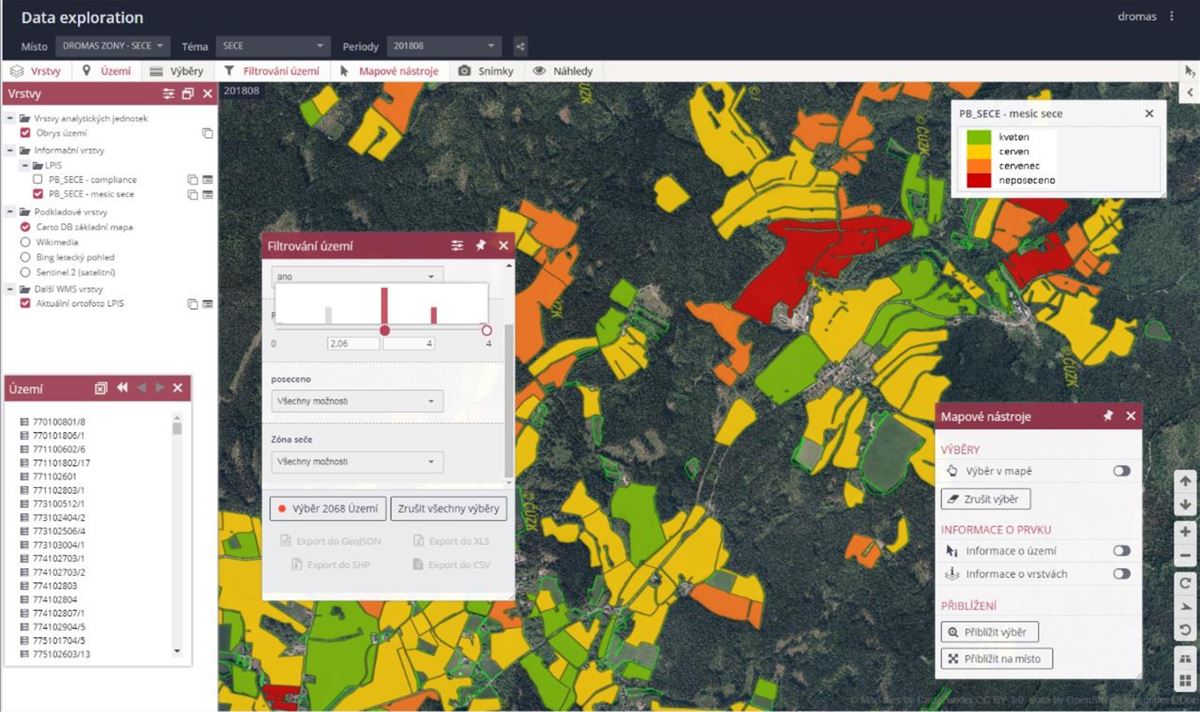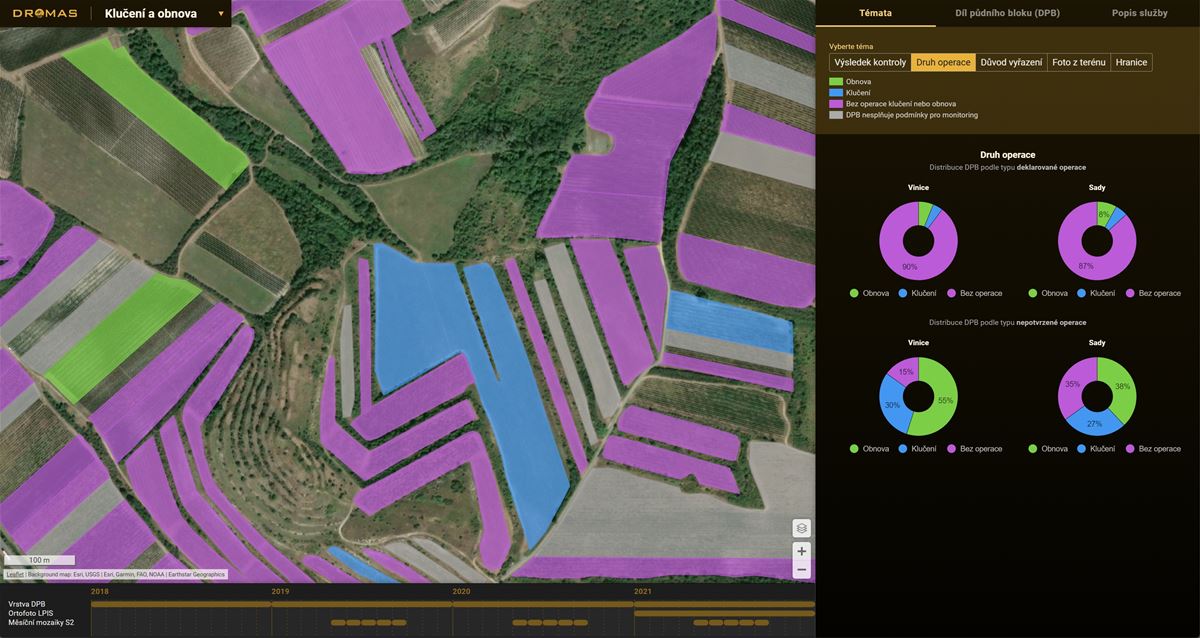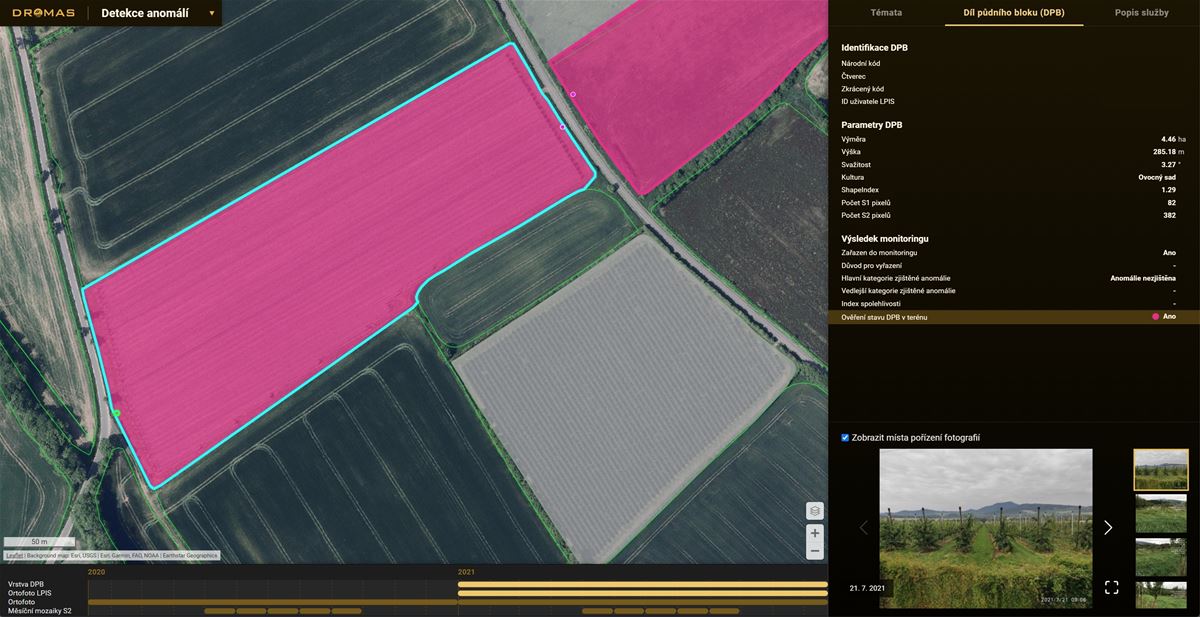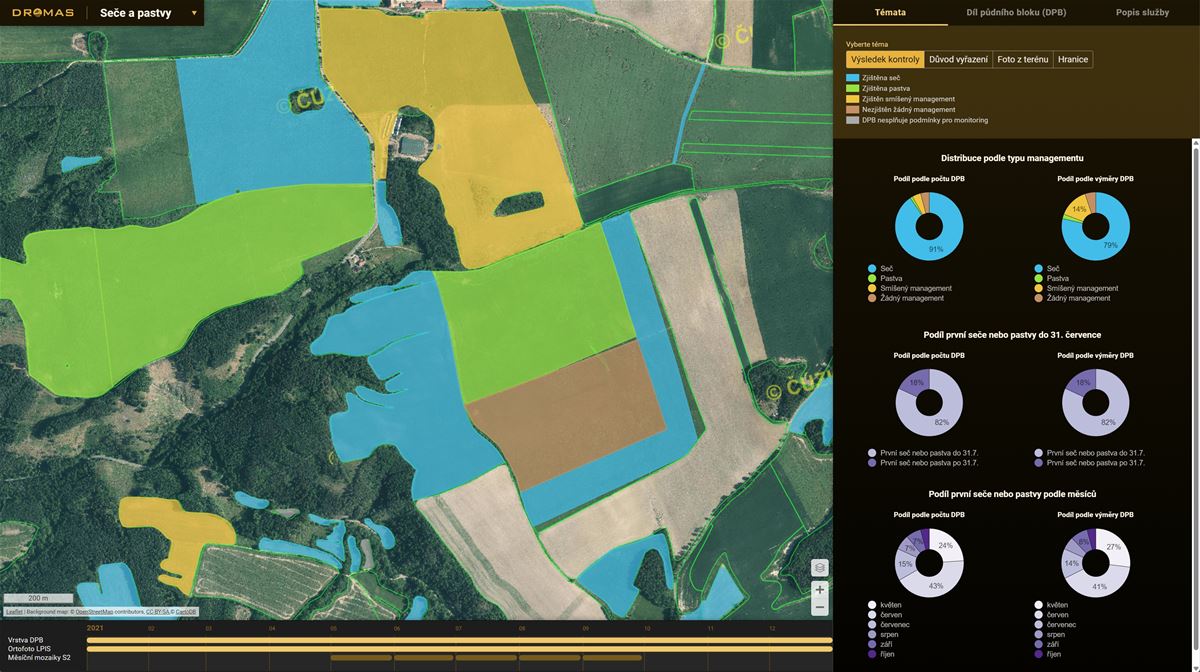SITUATION
CAP controls are difficult to execute on the ground and carry a heavy administrative burden.
Compliance with the European Union's Common Agricultural Policy (CAP) traditionally involved considerable administrative effort for national agencies, often relying on sample-based field checks covering a small fraction of agricultural land. This approach presented limitations in terms of efficiency and comprehensive oversight. The DROMAS project was initiated to align with the CAP's evolving "Checks by Monitoring" strategy, leveraging Earth Observation (EO) data, particularly from the Copernicus Sentinel missions, to enable systematic and widespread monitoring. This strategic shift aimed to reduce administrative burdens, optimize field inspection resources, and facilitate proactive communication with farmers regarding compliance. Concurrently, the agricultural sector is increasingly adopting precision agriculture methodologies. These advanced practices require consistent access to detailed, parcel-level data on crop health and spatial variability to inform decision-making, optimize resource allocation, and promote sustainable farming. DROMAS was conceived to address these critical informational needs.

